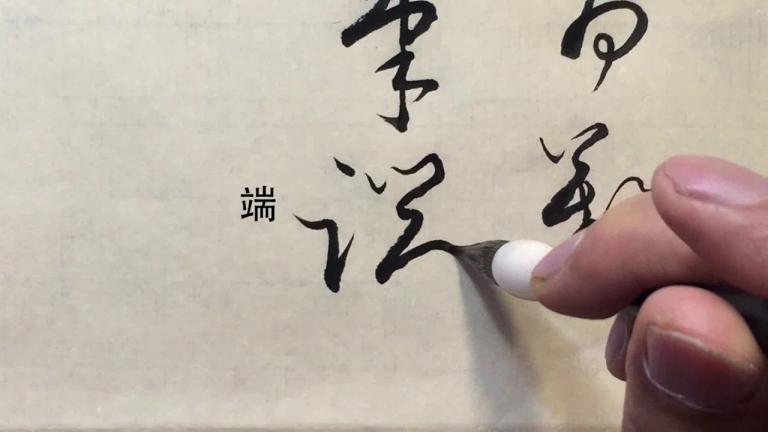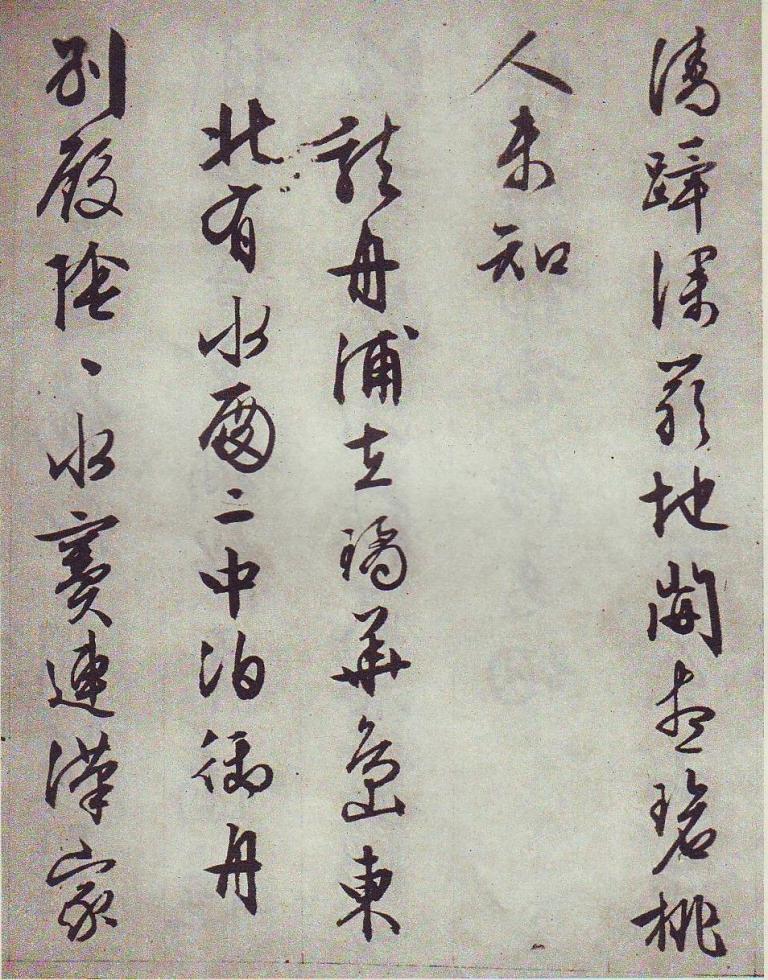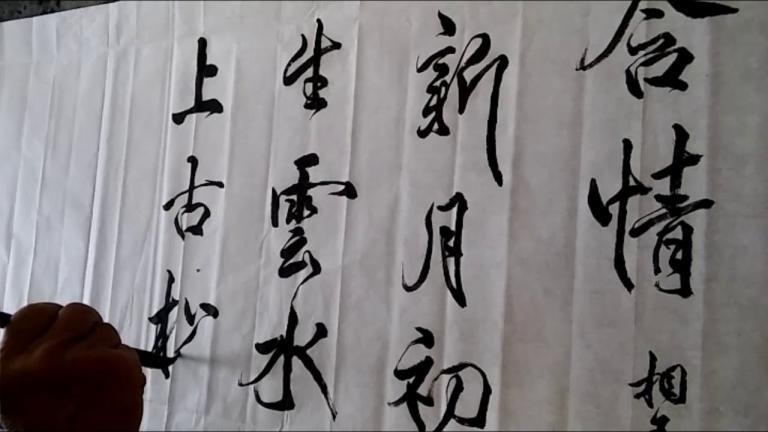Chinese cursive
4 min readThe saying about Tang calligraphy that”people of the Tang Dynasty advocated conformity with norms”refers to Tang calligraphy’s strict conformity with norms and great momentum,manifesting the grandeur and pioneering spirit of the feuda dynasty at the peak of prosperity and demonstrating the beauty of the prosperous Tang Dynasty’s power However,the norms of the people of the Tang Dynasty were not norms in a broad sense or restrictions”On the contrary,the great unrestrained momentum amazed later generations.Crazy Zhang and Wild Su were clear proof of the cursive script

Zhang”in”Crazy Zhang and Wild Su”refers to Zhang Xu,who was unruly and fond of drinking wine,and wielded the writing brush after getting drunk.His wildcursive script was full of change like a work of God.Tang writer Han Yu(768-824)made an evaluation:”Zhang xu was good at the cursive script.If he was moved he would definitely express his feeling with the cursive script.He liked and marvels at things,mountains,rivers,cliffs,valleys,birds,beasts,worms,fishes,grass,trees,flowers,fruits,the sun,the moon,stars,wind,rain,water,fire,thunder,lightning dances,battles and changes in nature,and implied them in calligraphy.Therefore,Zhang Xu’s calligraphic works are full of changes like ghosts and gods with no clue,and became famous after his death
Zhang Xu studied from the famous Tang painter Wu daozi(680-759),and was enlightened by Wu’s paintings in which”ribbons drift in wind”.He often watched lady Gongsun perform sword-dances to look for inspiration for calligraphic creation from sword-dances.His representative cursive script works include Four Ancient-style Poems,The Stomachache Note,etc.Four Ancient-style Poems”shows unrestrained momentum with swiftly written strokes from beginning to end and includes no slack stroke.The connected strokes lead to unexpected alternation of big and small characters,light and heavy characters,and dull and smooth characters.Among the flying and leaping lines,the strokes are fleshy,steady and free from inhibition,with slowness in swiftness and stillness in movement.The fluctuations are most rhythmic Chinese Calligraphic Art by Chen Yulong)

Zhang Xu’s cursive script is full of change but not disorderly,with loose form but concentrated spirit.As the well-known saying of the Italian Renaissance thinker bruno goes,”Beauty is manifested in the combination of various different parts,so beauty lies in the diversity of the whole”Zhang Xu’s cursive script manifests the diversity of the whole and pursues differences and changes in the whole Su”in”Crazy Zhang and Wild Su refers to Huai Su,who became a monk in the childhood,was fond of drinking wine and good at the cursive script like Zhang Xu,and wielded the writing brush when drunk and in high spirits.”I suddenly give a quick shout three to five times,filling a wall from edge to edge with myriad on myriad of characters.His cursive script style is tight,vigorous,curved,unrestrained,natural,and winding.His calligraphic works handed down from ancient times include Autobiography,Bitter Bamboo Shoots,On Calligraphy,etc Huai Su inherited Zhang Xu’s calligraphic style,creating violent and mighty momentum,combining movement and stillness,realizing orderly movement and changeful stillness,and attaining to perfection.According to Xuanhe Calligraphic Florilegium”Huai Su’s cursive script characters are animated and vivid with wonderful curves Huai Su also wrote the cursive script himself:the writing brush in the mouth is like a decapitated snake a broken rhinoceros bone.there seems to be swirling wind and rain between walls and majestic dragon and snake movement between lines calligraphic works are full of change but conform to norms in wild and changeful Crazy zhang and wild Su”are like two peaks in China’s calligraphic circles.
Theforms. Just like Confucius(551 BC-479 BC) said, I could follow my heart’s desire without overstepping the line Therefore, the cursive script of Zhang Xu and huai Su and the running script of Wang Xizhi are different in approach but equally satisfactory in result-seemingly disorderly but actually governed by all rules. Their disorder actually manifests the characteristic of the times that “people of the Tang Dynasty advocated conformity with norms”from another angle. Their norms were “changesThe cursive script remained popular for long after reaching a peak in the Tang Dynasty, and famous masters emerged successively, e. g. Huang Tingjian(1045-1105)in the Song Dynasty, Xian Yushu(1246-1302) in the Yuan Dynasty, Zhu Yunming(1460-1527) in the Ming Dynasty, etc. The generally acknowledged modern cursive script master is lin Sanzhi. handwritten poem for china-Japan friendship created by Lin Sanzhi for a Japanese delegation of calligraphers visiting China in March 1975 is deemed as China’s highest accomplishment in cursive script art in nearly 300 years









